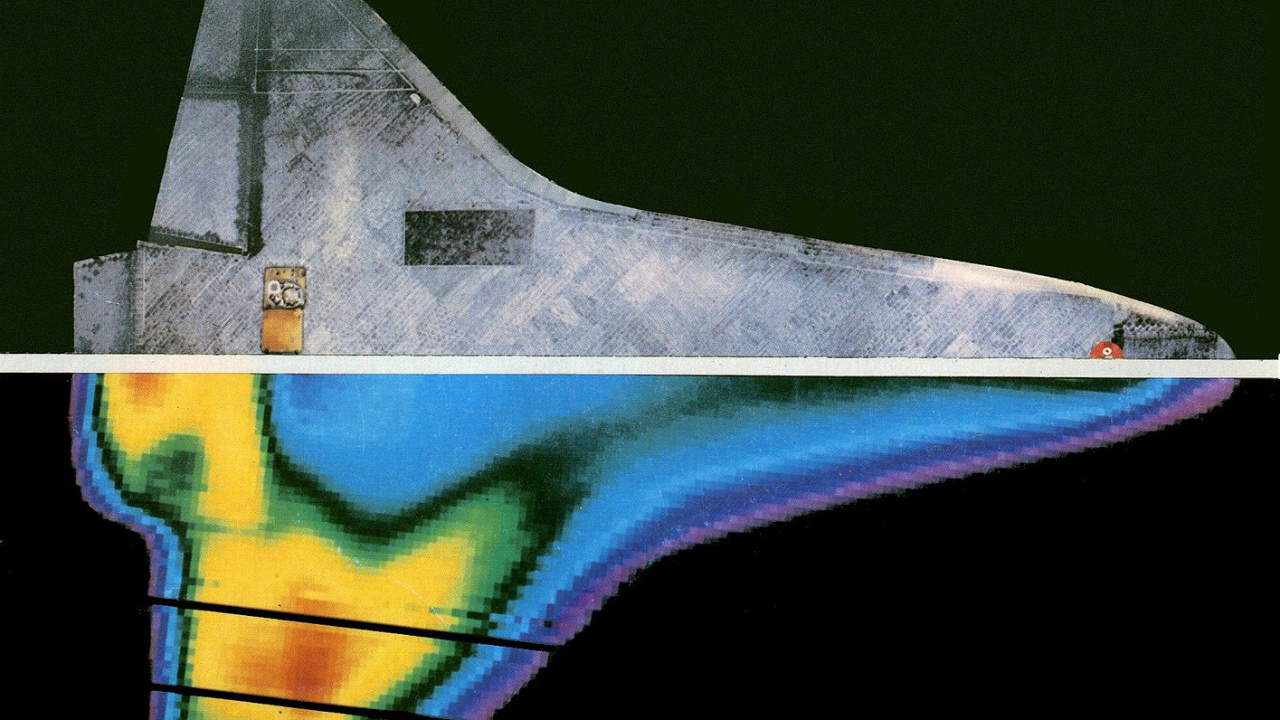
The use of advanced technology in military operations has become increasingly crucial in modern warfare. Thermal imaging and seismic sensors are two such technologies that play a pivotal role in confirming bombing accuracy. These technologies enhance precision and reduce collateral damage, offering significant strategic advantages.
Understanding Thermal Imaging Technology
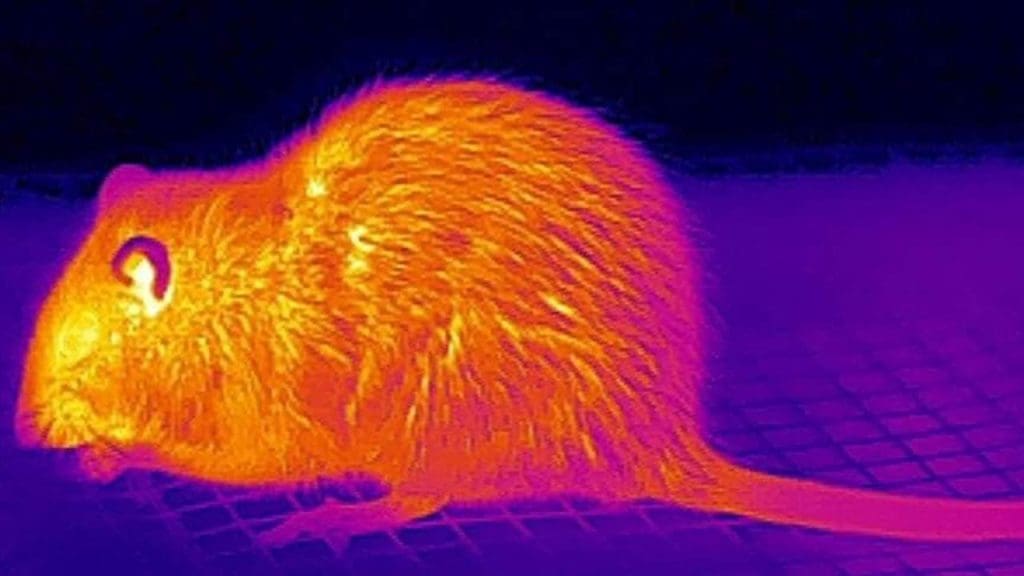
Thermal imaging is a technology that detects infrared radiation to create images, thus allowing for visibility in low-light or obscured conditions. This technology is particularly useful in military operations, where identifying targets accurately is paramount. By detecting heat signatures, thermal imaging provides crucial data that can be used to pinpoint targets and assess damage post-bombing.
In military applications, thermal imaging offers several advantages over traditional visual methods. Unlike conventional cameras, thermal imaging does not rely on visible light, making it effective day or night. This capability allows forces to maintain operational tempo irrespective of environmental conditions. Moreover, thermal imaging provides real-time data, which is essential for making quick decisions in dynamic combat scenarios.
The Role of Seismic Sensors in Bombing Accuracy

Seismic sensors are instruments that detect ground vibrations, which can be used to measure and analyze the impact of bombings. These sensors provide valuable data regarding the location and intensity of explosions, offering an additional layer of information to confirm bombing accuracy. By analyzing the seismic waves produced by an explosion, military analysts can verify whether a target was hit as intended.
When integrated with other technologies, such as thermal imaging, seismic sensors enhance the overall data analysis process. This integration allows for a more comprehensive understanding of the impact of military operations. For instance, combining data from seismic sensors with thermal imaging can help pinpoint the exact location and effectiveness of an explosion, thus confirming the precision of a strike.
Fusion of Sensor Data for Enhanced Accuracy
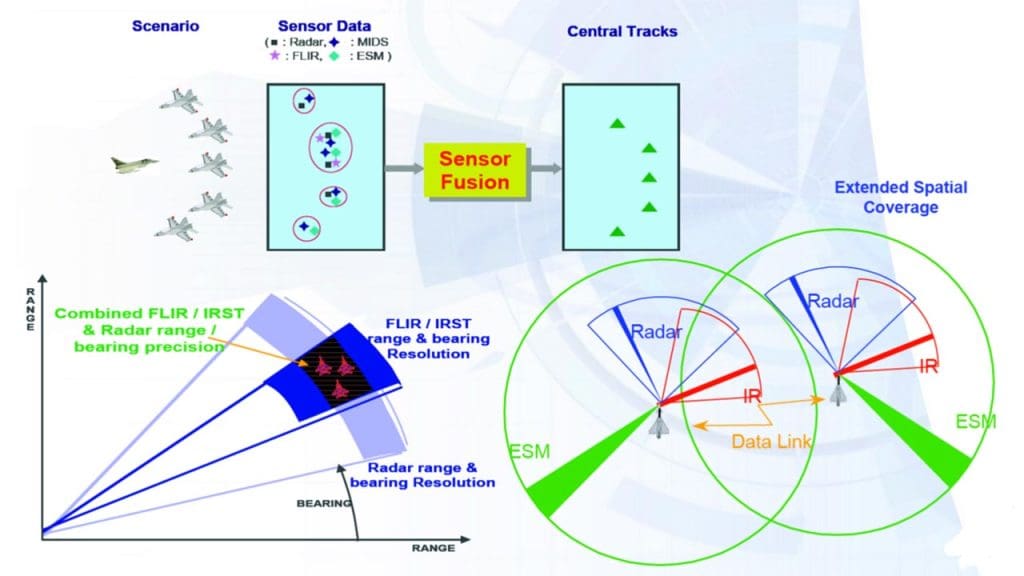
The fusion of data from multiple sensors, including thermal imaging and seismic sensors, leads to more accurate assessments of bombing accuracy. By combining these data streams, military forces can gain a holistic view of the operational environment. This process often involves sophisticated algorithms that process and interpret sensor data, providing actionable insights that improve decision-making.
There are numerous case studies showcasing the successful integration of sensor data in military operations. For example, the fusion of thermal and seismic data has been used to verify the destruction of strategic targets, demonstrating the effectiveness of this approach in real-world scenarios.
Challenges and Limitations
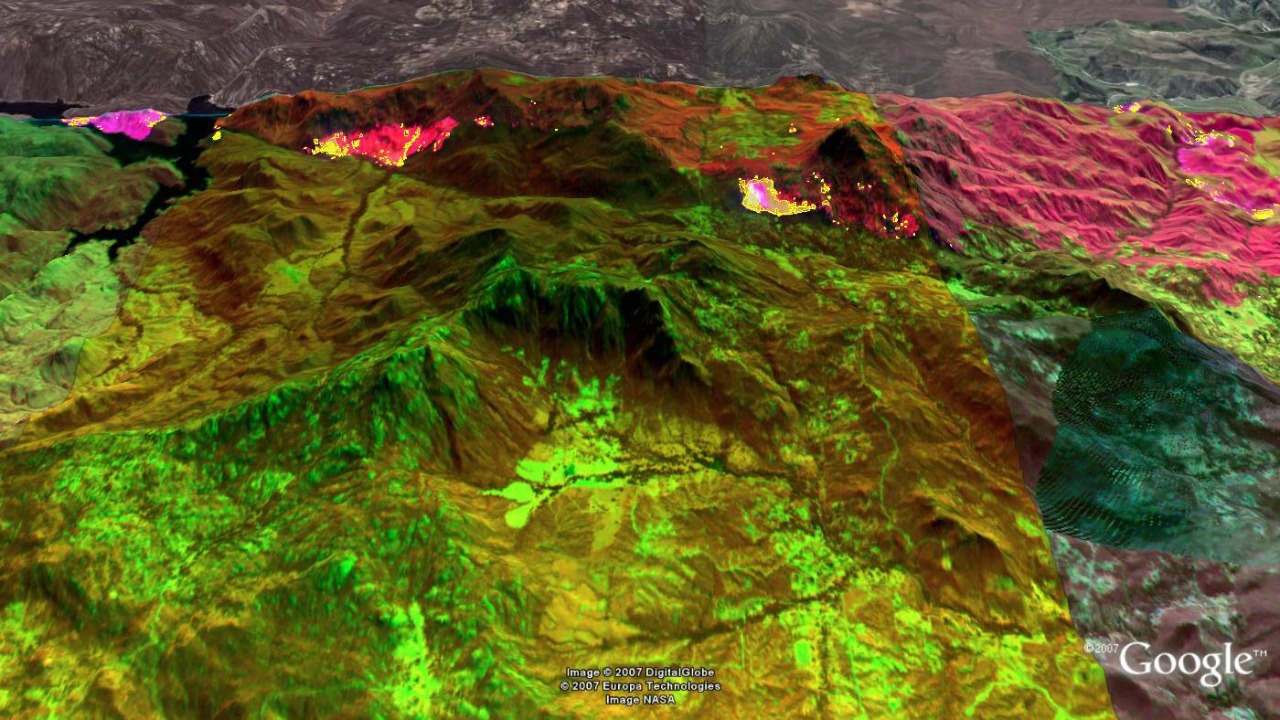
Despite their advantages, both thermal imaging and seismic sensors have technical limitations that can affect their accuracy. Sensor sensitivity, environmental factors, and technological constraints are challenges that operators must consider. In some cases, external factors such as weather conditions can impact the performance of these technologies, leading to potential inaccuracies.
Interpreting data from multiple sensor sources can also be complex. Analysts must be able to accurately analyze and interpret the combined data to ensure reliable outcomes. Ongoing research and advancements aim to overcome these limitations, focusing on improving sensor capabilities and data processing techniques.
Ethical and Strategic Implications
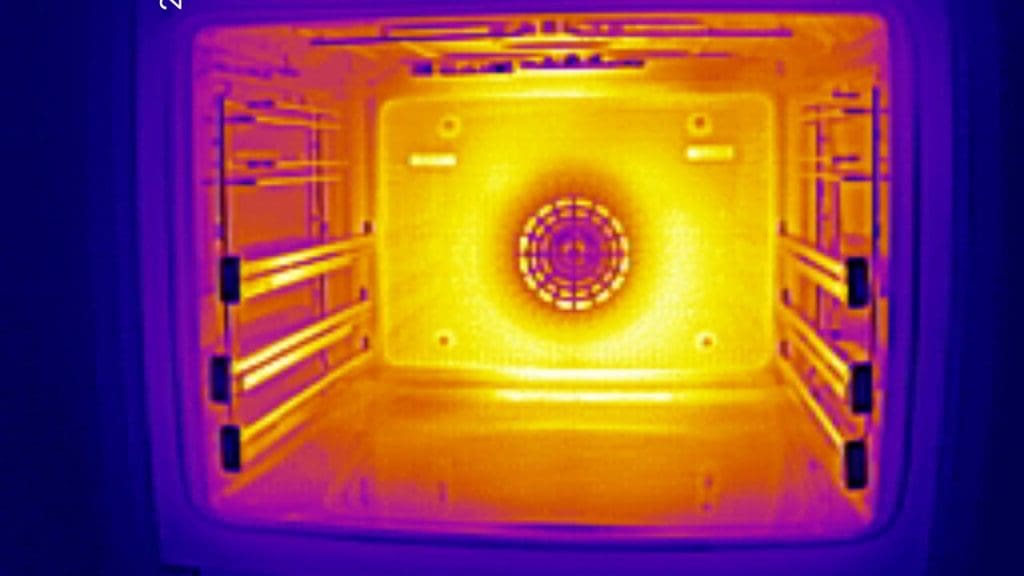
The use of advanced technologies in warfare raises ethical considerations, including concerns about privacy and civilian safety. While these technologies can enhance accuracy and reduce collateral damage, the potential for misuse or unintended consequences remains. It is crucial to balance technological capabilities with ethical considerations to ensure responsible use.
Accurate bombing through advanced sensors provides strategic advantages in military operations, impacting geopolitical dynamics. Precision strikes can reduce the duration of conflicts and minimize unintended casualties, thus altering the strategic landscape. Despite technological advancements, human oversight remains essential in decision-making, ensuring that technology complements rather than replaces human judgment.